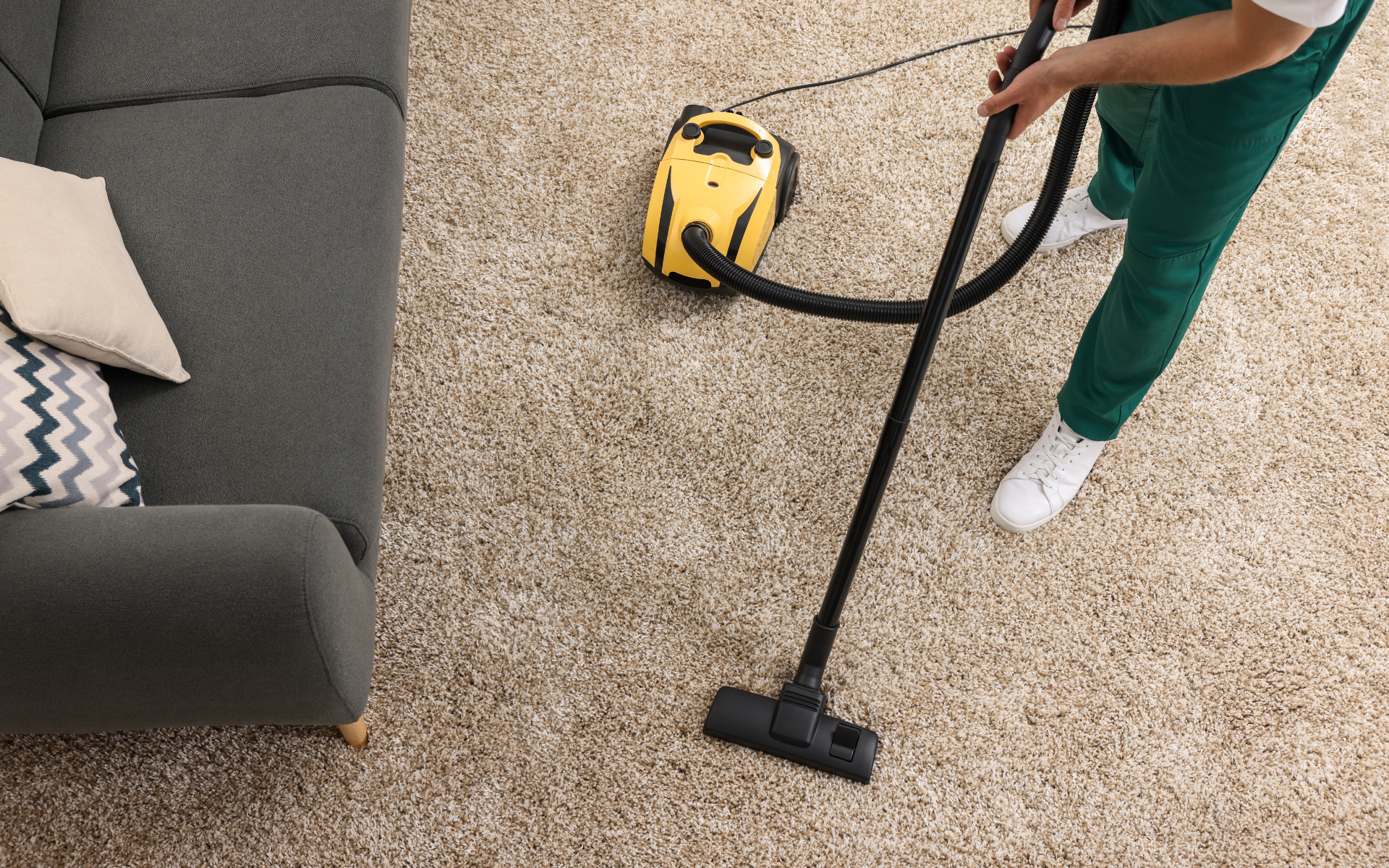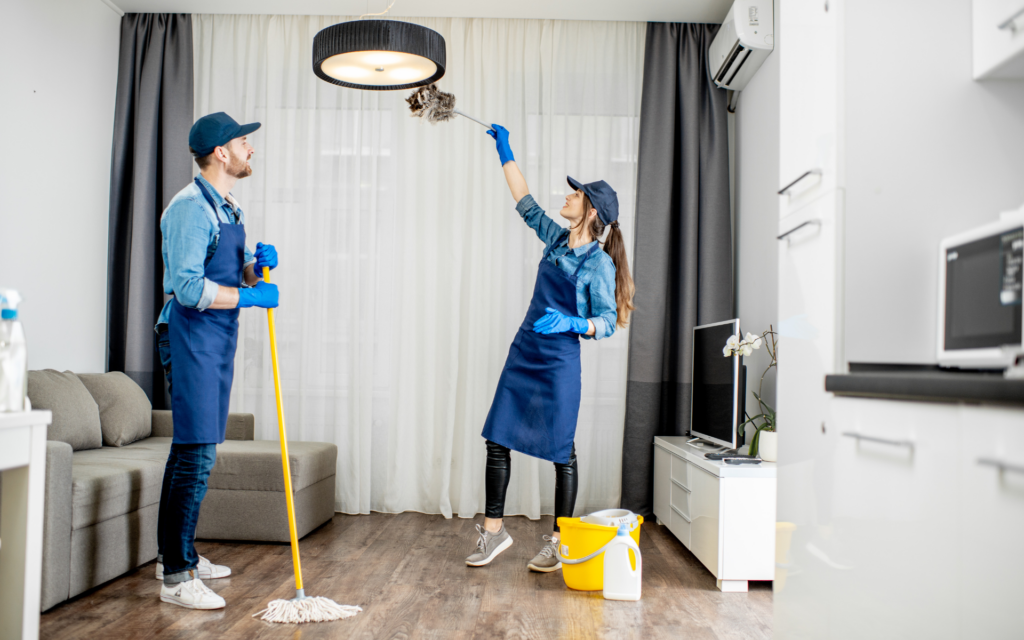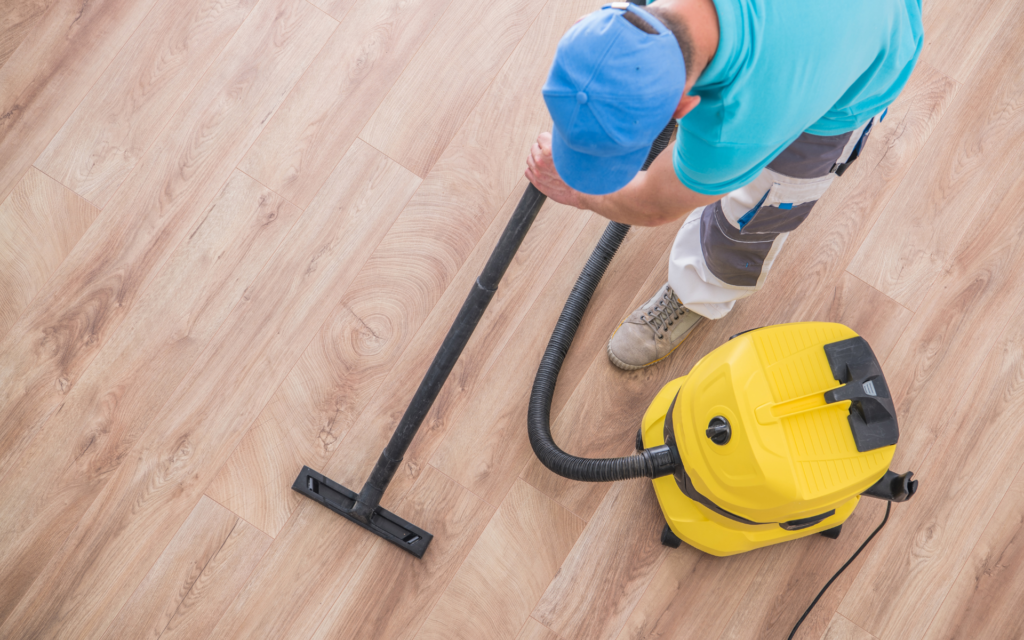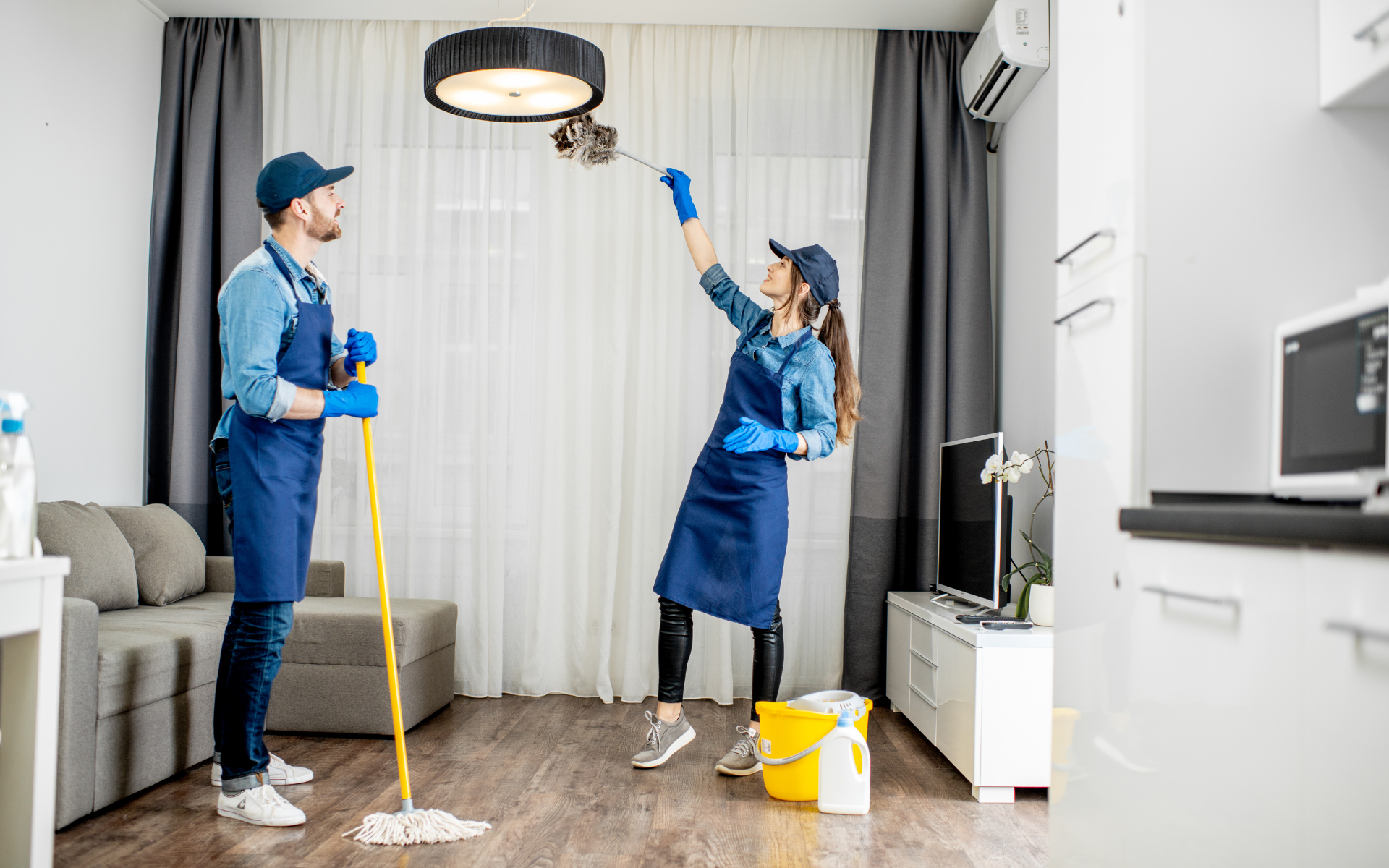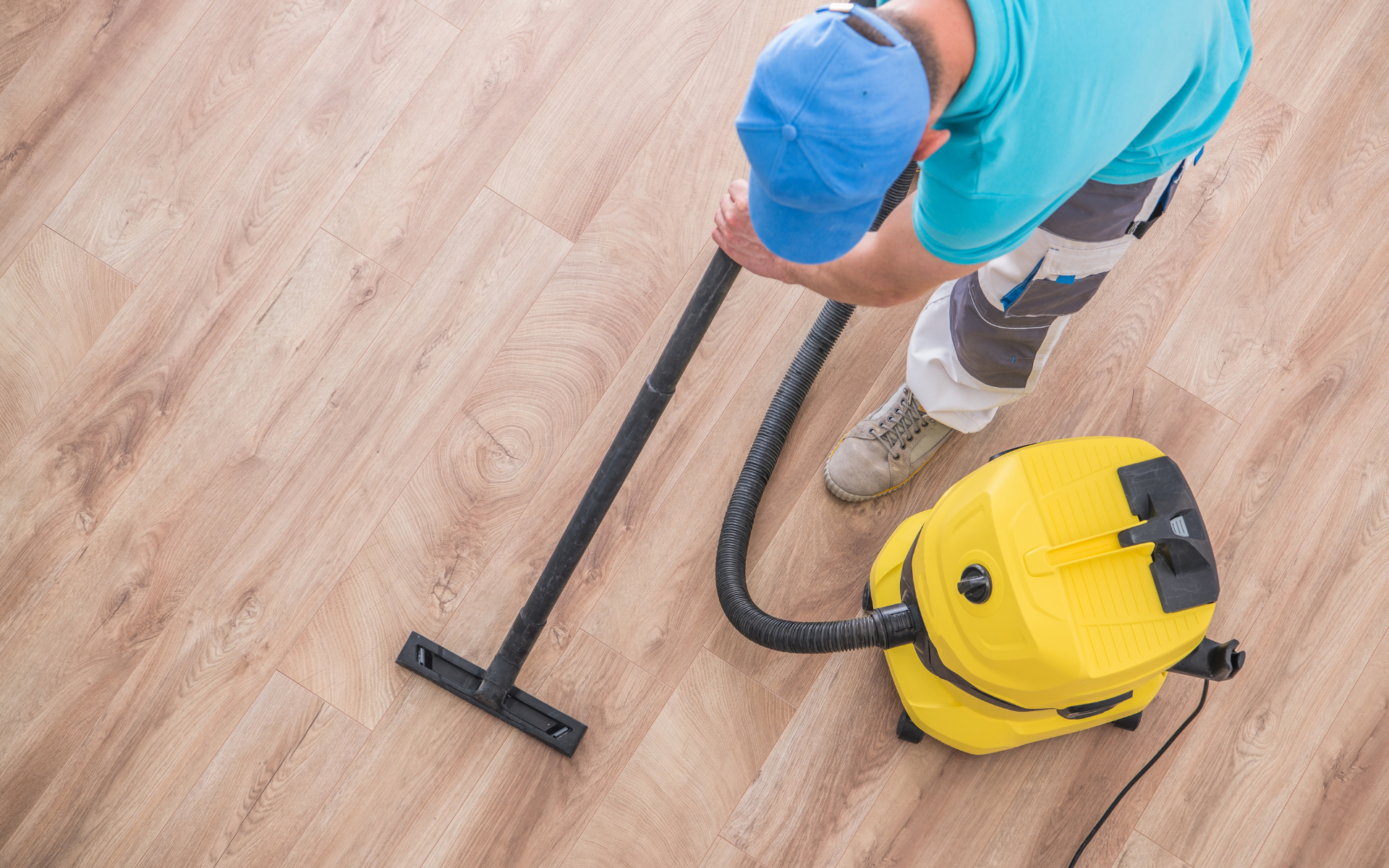Carpets can attract a lot of dirt, stains, and debris over time. From liquid spills to pet accidents, carpets exposed to frequent foot traffic can appear dingy and dirty pretty quickly. While you may be tempted to just cover up stains with furniture, it’s important to clean your carpets thoroughly and regularly to keep them looking their best. Proper deep cleaning can rid carpets of trapped allergens and bacteria, extend carpet life, and make your home healthier and more visually appealing. Before you hire a cleaning service, read on for useful carpet cleaning tips, supplies, and techniques to deep clean all types of stains and refresh the fibers of your high-traffic areas or whole carpet.
Problem: Carpets Get Soiled Easily and Trap Allergens
Carpets are made up of fibers that can both attract dirt and trap dirt, dust, pet hair, dander, and all sorts of debris. Spills and stains from food and drinks can also stick to fibers and lead to unsightly marks or discoloration over time. While routine vacuuming helps pick up some surface debris and hair, it does not deep clean carpets or remove stains.
Additionally, carpets exposed to frequent foot traffic or pets can accumulate a lot of unseen dirt and allergens deep in the fibers.
If not cleaned properly, all of this trapped debris and bacteria can lead to unhealthy indoor air quality and possible allergic reactions.
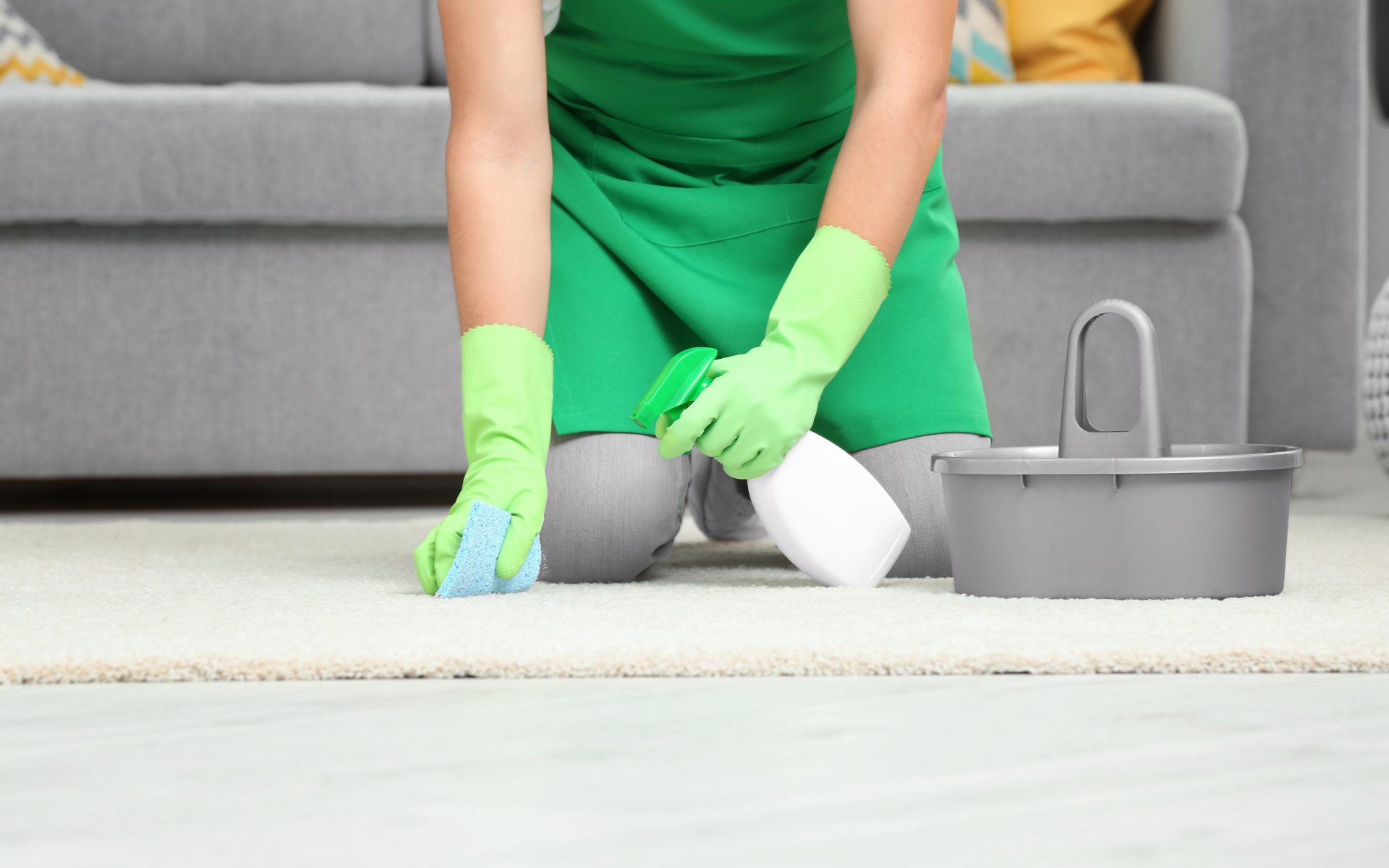
Agitate: Use Cleaning Solutions to Lift Stains
To deep clean carpets and restore their appearance and freshness, you need to use cleaning solutions capable of cutting through layers of debris on fibers.
Hot, water solution mixed with mild detergent makes an effective cleaning solution for lifted stains. Baking soda helps neutralize odors and lift stains, while white vinegar works to dissolve residue and buildup without harsh chemicals.
Club soda is another agent that can lift stains before they have a chance to set into fibers. Hydrogen peroxide, though a bleaching agent, can also lift stubborn stains with some water dilution.
For emergency spot cleaning, household items like shaving cream, ice cubes warm water, paper towels, and dry cloths can also lift or blot fresh stains.
Stain Removal Supplies
- Spray bottle filled with hot water and mild detergent
- Baking soda
- White vinegar
- Club soda
- Hydrogen peroxide
- Ice cubes
- Dry cloth or paper towels
- Soft-bristled scrub brush
- Butter knife or dull knife
Solution: Deep Cleaning Tools and Techniques
To deep clean carpets and rid them of embedded dirt, debris, and allergens, you need more than just spot stain removal. Occasionally deep scrubbing and cleaning the fibers of the entire carpet is key.
Deep Cleaning Process:
- Vacuum thoroughly – Vacuum all high-traffic areas and the entire carpet before introducing water or cleaners. This lifts surface debris and hair embedded in fibers so it doesn’t spread during the cleaning process.
- Pre-treat stained areas – Use your stain removal solutions to pre-treat any stained or highly soiled areas of the carpet before deep cleaning the entire carpet. This will allow the solutions extra time to work at lifting stains from fibers.
- Rent a carpet cleaner – Renting a carpet cleaning machine from your local hardware store is the most thorough DIY method. The machine will use a water rinse and suction process to lift deep down dirt and stains.
- Wash entire carpet – Run the carpet cleaner over the entire carpet, not just stained patches, to bring dirt and allergens up from the base of the fibers across the whole carpet.
- Allow carpet to fully dry – After deep cleaning, keep furniture off the carpet for at least 24 hours so carpet fibers can fully dry. This prevents mold, mildew, and shrinkage.
Spot Stain Removal:
For stuck-on stains or spills that have already dried and set into fibers, use a spot-cleaning process:
- Blot up excess moisture if the spill is still wet
- Mix a mild detergent with water and spray directly onto the stained area
- Allow solution 1-2 minutes to penetrate fibers
- Blot gently with a clean, dry section of cloth
- No rubbing! Rubbing forces stain further into fibers
- Rinse the cleaned area with a spray of just hot water
- Blot rinse water and allow the area to fully air dry
- Repeat if needed for stubborn stains
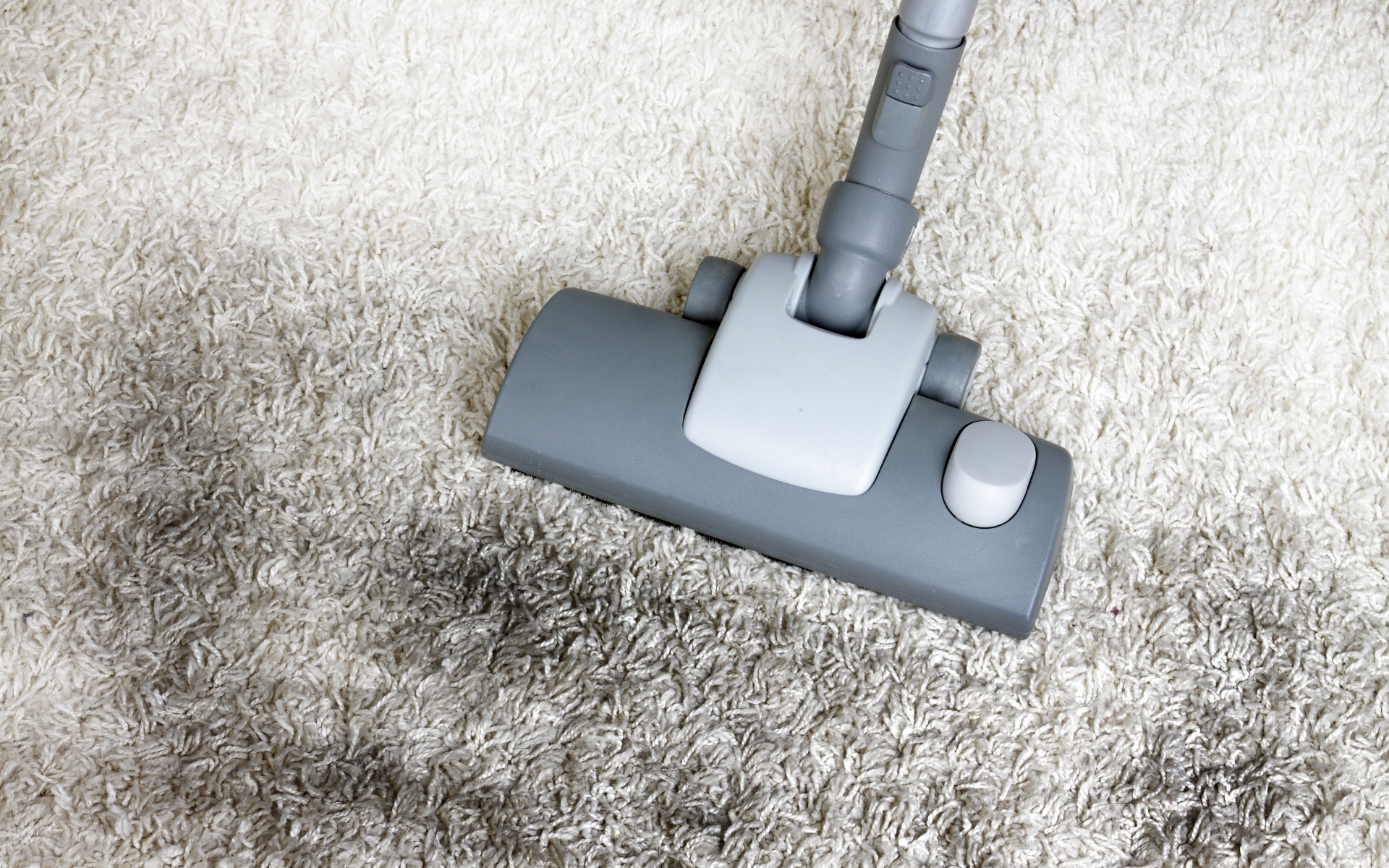
Carpet Stains:
Certain spots and stains need special treatment to lift the entire stain from the carpet without setting or spreading even more.
- Chewing gum – Harden with ice then gently scrape off the outer edge with a dull knife
- Grease – Sprinkle baking soda then dab with a paper towel
- Mud – Allow to fully dry then vacuum up dried dirt
- Wax – Harden wax then gently scrape the outer edge
Prevention and Maintenance
While occasional deep cleaning is crucial for healthy carpets, you can take some steps daily to prevent excess dirt buildup on carpets and keep them fresher longer between deep cleanings:
- Leave shoes at the door to avoid tracking in excess dirt and damaging fibers
- Vacuum high-traffic areas daily
- Clean up all spills immediately
- Keep pets off carpeted areas or restrict them to one low-traffic room
- Place rubber-backed mats at exterior doors to absorb moisture and debris
- Get all carpets professionally steam cleaned every 12-18 months
As an established consumer organization, Consumer Reports provides well-researched cleaning advice to help households make informed decisions. Their carpet cleaning guidance helps homeowners properly care for carpets.
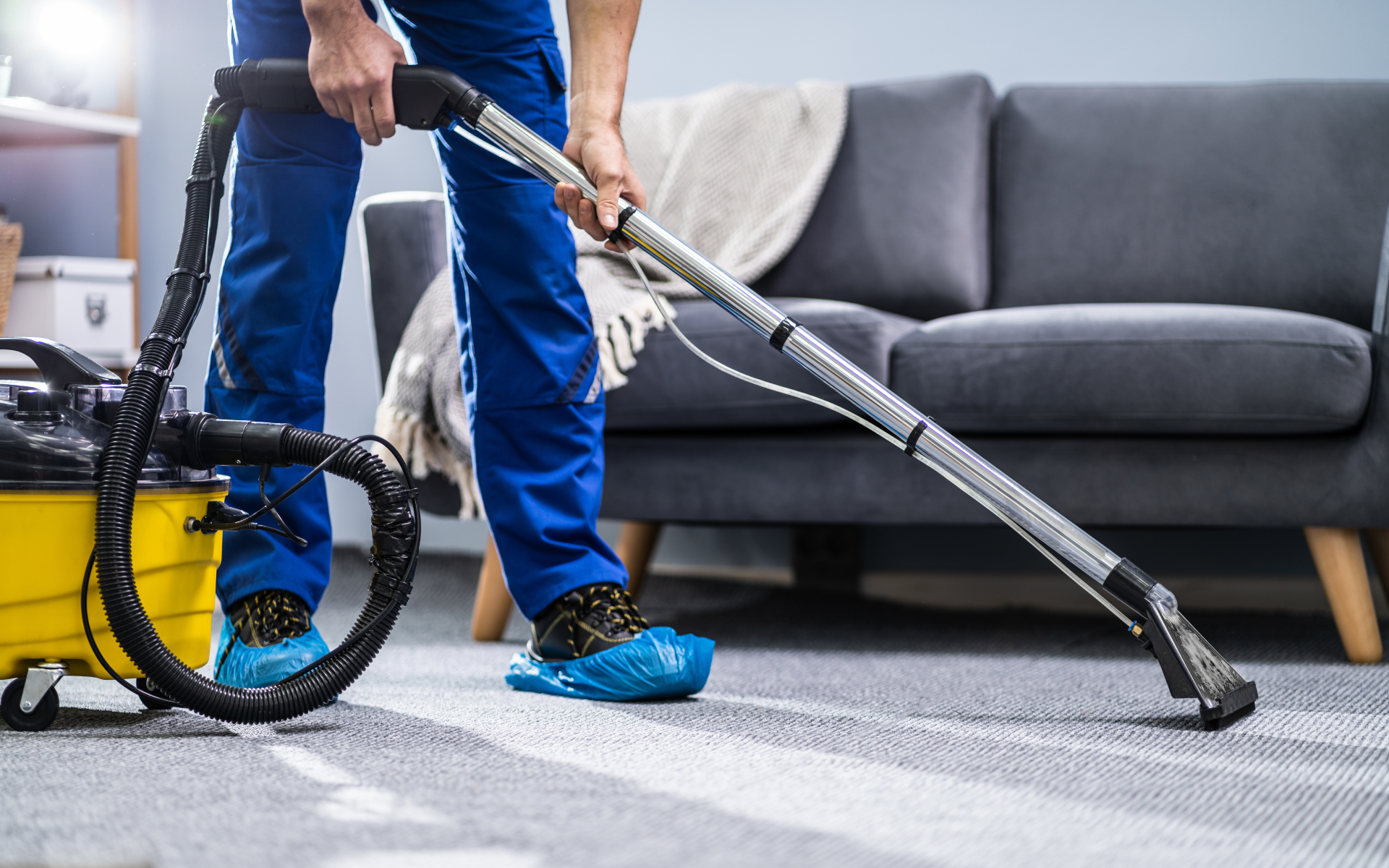
Understanding Carpet Fibers
Carpets are made up of woven synthetic or natural fibers like nylon, polyester, olefin, wool, or blends. The quality, durability, and cleanability of a carpet depend largely on the materials used to construct the fibers.
Synthetic fibers like nylon and polyester tend to be more stain-resistant and durable under foot traffic. However, they can show matting from frequent vacuuming in high-traffic areas.
Natural wool fibers hide footsteps well but are prone to staining and are more expensive. Newer triexta/SmartStrand carpets offer exceptional durability and stain resistance pairing synthetic fibers with natural corn oil.
Signs You Need Clean Carpet
- Visible dirt and stains – If you notice dark spots, colorful spills, or muddy footprints ground into your carpets, it needs a thorough cleaning. Dirt and stains left for too long can permanently discolor fibers.
- Traffic patterns – Faded lines across walkways and matting down of fibers in high traffic areas signals that dirt and grime have built up deep within the carpet backing.
- Odors – Musty smells or pet odors coming from carpeted areas, despite regular vacuuming, means there could be mold, mildew, or urine residue trapped that needs dissolving and extracting.
- Dust – Carpets looking dull or releasing clouds of dust when you walk across means dirt has accumulated deep in the fibers despite frequent surface vacuuming.
- Allergy flare-ups – Frequent sneezing, coughing, or respiratory irritation when home could indicate dust mites or pet dander build-up in carpets and upholstered furniture. Deep cleaning kills and removes allergens.
- Recent renovation – If you’ve just had work done on the home, there is likely drywall dust, debris, and tracked-in dirt contaminating carpets that need to be lifted before they permanently stain.
- Time passed – Even if your light-colored carpets don’t show dirt there likely is build up over time. Every 12-18 months is ideal for deep cleaning high-traffic areas to keep carpets fresh and free of residue.

Consider Professional Cleaning
For periodic deep cleaning down to the last carpeting that’s backing, professional cleaning is best. The hot pressurized water and commercial-grade equipment provide a deeper clean than rented units.
Truck-mounted steam cleaning units can heat water to 210°F. This extreme heat helps sanitize carpets by killing dust mites, mold spores, bacteria, and other irritants lodged deep in fibers.
Overwetting is also less likely with professional equipment designed to extract the maximum amount of moisture from wet carpets. This reduces drying time and prevents mold or mildew growth.
Look for carpet cleaners certified through the IIRC to ensure proper methods and cleaning solutions will be used that are safe for kids and pets yet still Disinfect and deep-clean your carpet.
With a monthly reach of over 40 million homeowners, Houzz leverages insights from remodeling industry experts to provide reliable maintenance guidance.
Conclusion
Dirty carpets filled with tracked-in dirt not only appear dingy and worn, but they can negatively impact indoor air quality and trigger allergic reactions. While routine vacuuming lifts surface debris, occasional deep cleaning with the use of carpet cleaning solutions is required to bring trapped dirt and stains up from the base of carpet fibers.
Using the appropriate supplies and proven cleaning techniques, you can easily and affordably deep clean carpets in high-traffic areas or entire rooms to restore their appearance and freshness. Prevent dirt buildup in between steam cleanings by taking off shoes indoors, spot cleaning stains and up spills quickly, and vacuuming daily.
Next time your carpets start to show excessive staining or matted traffic patterns, don’t immediately replace them. Refer to these tips to deep clean carpets yourself and save time and money over professional services. Just be sure to allow ample drying time after cleaning to prevent mold or shrinkage of fibers.


